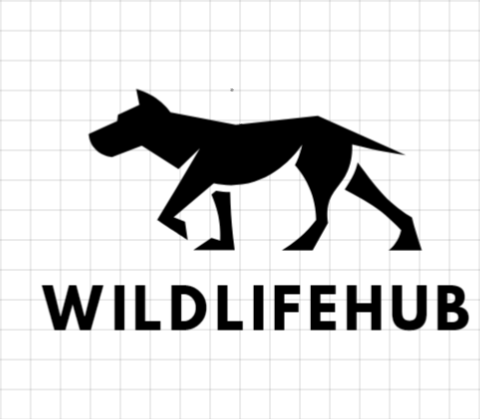
Yeast infections in dogs are more common than you might think — especially in warm, moist areas like the ears, paws, armpits, and groin. These infections are caused by the overgrowth of Malassezia, a yeast that naturally lives on your dog’s skin but can become problematic when conditions allow it to multiply.
While veterinary care is important for severe cases, mild yeast infections can often be treated or managed using natural remedies at home. Here’s a complete guide to recognizing symptoms and using safe, gentle approaches to help your dog heal.
How to Know If Your Dog Has a Yeast Infection
Before starting treatment, it’s important to identify the signs of a yeast overgrowth:
-
Itchy, red, or inflamed skin
-
A musty, “corn chip” smell
-
Greasy or scaly skin
1. Apple Cider Vinegar Rinse
Apple cider vinegar (ACV) is a widely recommended natural antifungal. It helps restore the skin’s pH balance and inhibits yeast growth.
How to use:
-
Mix equal parts ACV and water
-
Apply with a spray bottle to affected areas (avoid open wounds)
-
For paws, use as a 5-minute foot soak once daily
2. Coconut Oil
Coconut oil contains caprylic and lauric acid, which are known for their antifungal and antibacterial properties. It can be used topically or added to food.
Topical use: Apply a thin layer to affected skin once or twice daily
Internal use: Add 1/4 teaspoon per 10 pounds of body weight to food (start slow)
3. Probiotics
Probiotics help balance your dog’s gut flora, which is closely linked to yeast control. Yeast thrives when the gut microbiome is out of balance — often due to antibiotics or a poor diet.
Choose a high-quality dog-specific probiotic or add natural sources like:
-
Plain, unsweetened yogurt (a small spoonful with meals)
-
Fermented vegetables like sauerkraut (just a tiny amount)
Final Thoughts
While yeast infections can be frustrating, natural treatments for dog yeast infections at home are effective for mild cases when used consistently. However, if your dog’s symptoms worsen or persist beyond a week or two, it’s time to visit the vet. Chronic yeast infections may signal a deeper issue like food allergies, immune imbalance, or underlying conditions.
Learn More
For more in-depth canine skin health and nutrition tips, visit pawpall.com or speak with a holistic veterinarian.
